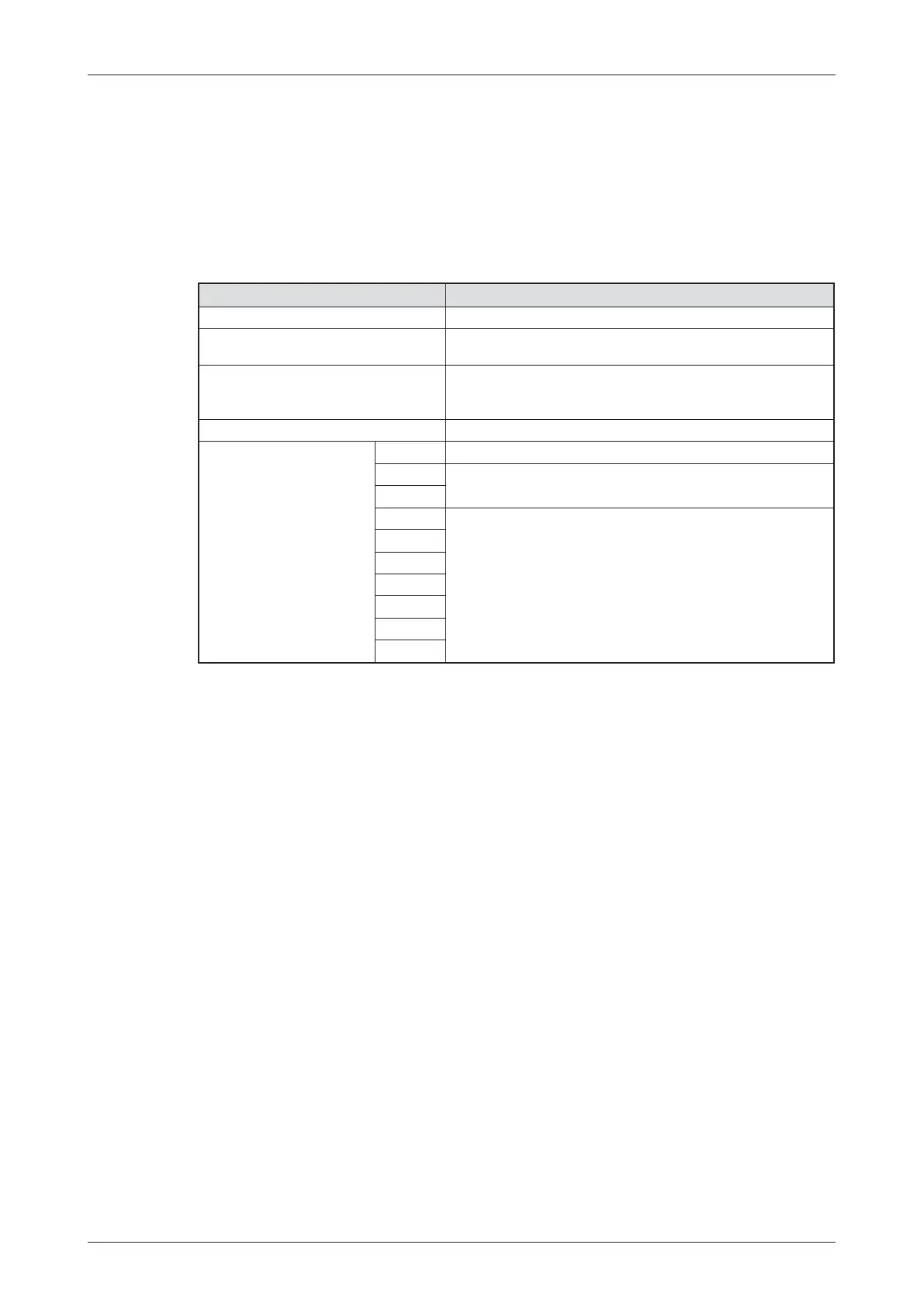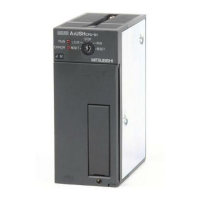5.5.3 File registers
The contents of file registers are also not lost when the power supply is switched off.File regis
-
ters can thus be used for storing values that you need to transfer to data registers when the
PLC is switched on, so that they can be used by the program for calculations, comparisons or
as setpoints for timers.
File registers have the same structure as data registers.
MELSEC System Q Beginners Manual 5 – 13
Devices in Detail Registers
Device File registers
Device identifier R
Device type (for setting and polling)
Word device (two registers can be combined to store double-word
values)
Possible device values
16 bit register: 0000H to FFFFH (-32768 to 32767)
32 bit register: 00000000
H to FFFFFFFFH (-2 147 483 648 to
2 147 483 647)
Device address format Decimal
Number of devices and
addresses
Q00J 0
Q00
32767 (R0 to R32766)
Q01
Q02
32767 in each block (R0 to R32766)
When a memory card is used, up to 1 million additional file registers
can be stored.
Q02H
Q06H
Q12H
Q25H
Q12PH
Q25PH

